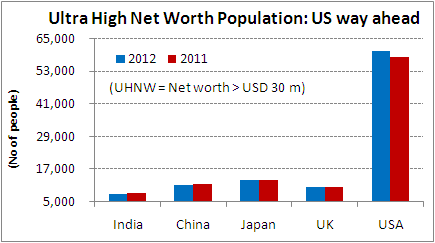All living beings
in this world have a soul. It is the self aware essence which generates life
positive feelings. The essence of soul is a reflection of your own identity. A
human may die but his soul is immortal and will continue living. The journey of
the soul is endless. A body may wear and tear or get tired, but the soul
continues its journey through al difficulties to reveal the reality of love,
power, wisdom and peace.
The
consciousness of the soulTo be conscious of thy soul- that is the
essence of life. This birth is useless unless you realize your true sense. That
is only in the soul. Our body experiences several incidents in life. This in
return helps us to analyze our true self and distinguish our goal and
objectives. Every human has two parts: the eternal or the soul and the ego. The
latter is an embodiment of our habits, moods, natures, and concepts in life.
Whereas the former is the real self. We must take steps in realizing our true
self as early as possible.
Meditation, Self helpAwakening of the soul helps in finding who we really are and where do we have to go. It might be difficult but patience through meditation help in surpassing all the hindrance of self realization. A body completely in charge of ego is always restless, hungry, moody, vindictive, jealous, and unhappy but leaves it in charge of soul then it experience freedom from all negativities and plunges in a pool of satisfaction and is creative, clear, sensible and complete.
The Odyssey, A challengeThe journey of the enlightenment of the soul is a very tedious tack since the destructive habits always seem to lure you back to where you started. Even pent up emotions and personal attachments can cause a huge hindrance in our path. But as we slowly progress towards our path, we feel closer to God.
The soul is like a mother's lap which is abiding with calm, clarity, safety and security. Living today. life is like a warrior fighting in amidst terror, blood shed and hatred. Whereas soul is like comfort and security one would get in his mother's lap. A person who has realized his soul is the most blessed man on earth who is unaffected by the humdrums of daily life.
ConclusionGod has sent us here on a mission. It is not for you to decide what should you do. We do not have the right to judge or criticize others but we should sit still and watch whatever goes on inside and outside us. We work, play, read, dance and talk to people yet once when we finish the task we must return to our actual self. We must therefore realize that we should be alert of each and every action and opinions and to completely delete any negative thing which resides in our mind.
Meditation, Self helpAwakening of the soul helps in finding who we really are and where do we have to go. It might be difficult but patience through meditation help in surpassing all the hindrance of self realization. A body completely in charge of ego is always restless, hungry, moody, vindictive, jealous, and unhappy but leaves it in charge of soul then it experience freedom from all negativities and plunges in a pool of satisfaction and is creative, clear, sensible and complete.
The Odyssey, A challengeThe journey of the enlightenment of the soul is a very tedious tack since the destructive habits always seem to lure you back to where you started. Even pent up emotions and personal attachments can cause a huge hindrance in our path. But as we slowly progress towards our path, we feel closer to God.
The soul is like a mother's lap which is abiding with calm, clarity, safety and security. Living today. life is like a warrior fighting in amidst terror, blood shed and hatred. Whereas soul is like comfort and security one would get in his mother's lap. A person who has realized his soul is the most blessed man on earth who is unaffected by the humdrums of daily life.
ConclusionGod has sent us here on a mission. It is not for you to decide what should you do. We do not have the right to judge or criticize others but we should sit still and watch whatever goes on inside and outside us. We work, play, read, dance and talk to people yet once when we finish the task we must return to our actual self. We must therefore realize that we should be alert of each and every action and opinions and to completely delete any negative thing which resides in our mind.

















